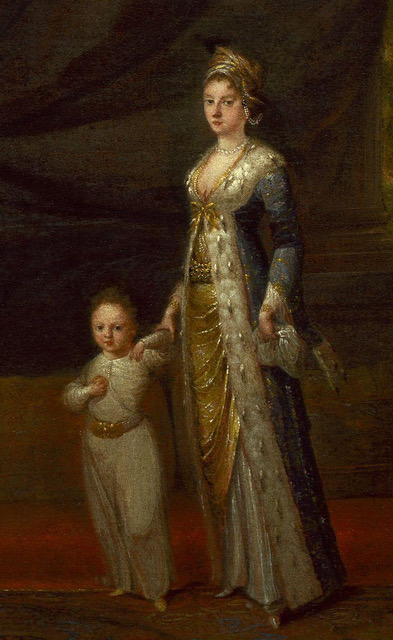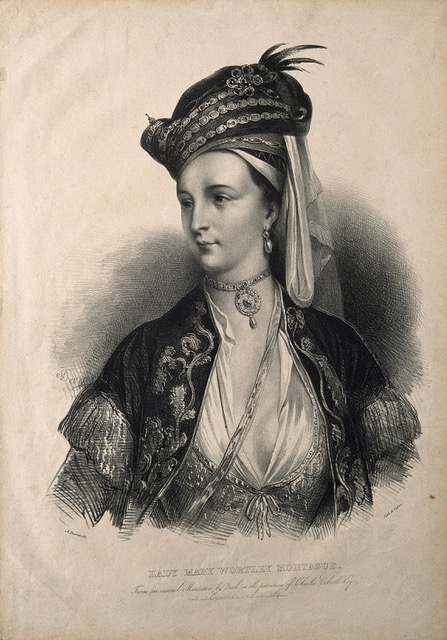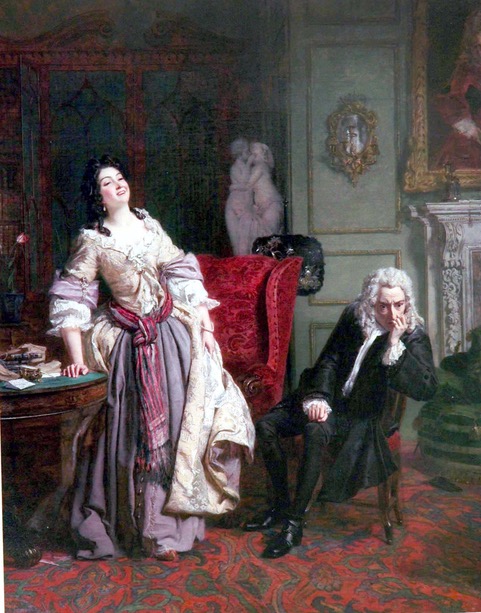Things you still don’t know about the Vaccine Pioneer Lady Mary Wortley Montagu
Guest post from author Jo Willett.
Three years ago you might never have heard the name Lady Mary Wortley Montagu. But you may well know of her today.
That’s because 2021 was the three hundredth anniversary of Mary’s brave decision to inoculate her only daughter against the deadly disease of smallpox.
And that anniversary took place just as we were all being vaccinated against another deadly disease – Covid.
I wrote my book about Lady Mary before the Covid virus had even come into existence.
I could never have dreamed of such an effective ‘hook’ for my readers.
But Lady Mary wasn’t simply a vaccine pioneer. In fact, I suspect she would have been surprised to hear herself described as such. Her life was amazingly varied and action-packed.
Even when she was inoculating her young daughter, her mind was probably more focused on the problems she was having with a French admirer whose funds she had lost in the South Sea Bubble Crisis. He was blackmailing her – demanding his money back and threatening to tell her husband.
And at the same time Mary’s marriage to Edward Wortley Montagu was turning stale.

Here are some other fun facts about her extraordinary life – none of them to do with her fight against smallpox.
- Mary knew when she married her husband that she wasn’t in love with him. But it was the only way out of a marriage her father was planning for her to another suitor, the preposterously-named Clotworthy Skeffington. She knew she could never love him. Presumably it wasn’t his name alone which put her off.
- Mary and her friends divided their prospective suitors into ‘heaven’, ‘hell’ and ‘limbo’. She settled for a ‘limbo’ but later found ‘heaven’ – of a kind.
- Mary set off across Europe, accompanying her husband on his post as British Ambassador to the Turkish Empire. During her time living in Constantinople she loved cross-dressing in traditional Turkish costume. Virginia Woolf based her novel Orlando on Lady Mary’s exploits.
- Mary was the first English woman to dine alone with other Turkish women in Constantinople. She learned Turkish especially so she could talk to them about their lives.
- Mary visited a female Turkish bath. The women there were very friendly and gestured to her she should take off her riding habit. When she lifted her skirt to show her stays, she reckoned they thought it was she, not they, who was enslaved by her husband.
- Mary’s only son ran away from school and became a cabin boy on a ship bound for Gibraltar. For five long months his parents didn’t know whether he was dead or alive.
- The same son was a bigamist. First he married a washerwoman – a move designed to shock his aristocratic parents. Next, without divorcing, he married Elizabeth Ashe, known as ‘The Pollard Ashe’ because she was very short. Together they exhorted money from unsuspecting strangers and were thrown into the Châtelet Prison in Paris.
- Mary had to deal with an unwanted admirer in the form of the poet Alexander Pope. During her time travelling to and from Turkey, Mary found that Pope’s letters to her were becoming more and more sexually explicit. He compared the two of them to a couple who behave modestly when other people are around but who once alone ‘untie garters or take off Shifts without scruple’.
- When Mary and Pope’s friendship finally came to an end, in middle age, they launched a vicious war of words on each other. He won.
- When she was 47, Mary fell passionately in love with an Italian who was half her age. What she didn’t realise was that he was bisexual. And having an affair with a great friend of hers, Lord John Hervey.
- For ten years the middle-aged Mary lived in rural Italy under the coercive control of the Italian conman, Count Palazzi. He swindled her out of large sums of money. He even arranged to have her held at gunpoint at one stage to stop her escaping. She finally got away.
- Mary’s beloved sister suffered a severe mental breakdown. Mary fought off her sister’s greedy husband’s relatives, who saw this as a chance to enrich themselves, and made sure her sister was securely cared for in a private asylum. Mary’s sister stayed there for the next 30 years.
- Mary didn’t rate her son-in-law, John Stuart, Earl of Bute, when he married her only daughter. But by the time she died he had risen to become prime minister. By then she was extremely proud of him, though he found her an eccentric embarrassment.
- Mary match-made the married prime minister, Sir Robert Walpole, with her beautiful young companion, Maria Skerrett. The couple fell in love and married as soon as Walpole’s wife had died, But they made sure to burn all Mary’s incriminating letters the night before their wedding.
- Walpole’s son, Horace Walpole, met Mary later in life in Florence and vilified her, claiming she was smelly, badly dressed and over-sexed. She spoke well of him.
- When Mary’s friend accused her butler of rape, Mary sided with the butler, against her friend, and wrote satirical poems arguing the man’s case. Today’s Sisterhood would have been outraged.
- Mary was a hopeless courtier. She found George I very dull and was always trying to get out of spending evenings at the palace.
- When Mary’s husband died, he left all his money to their only daughter, not their son. Mary hurried home from Europe – having lived there for over twenty years – to defend his decision. And, unusually, the daughter did succeed in inheriting her father’s considerable wealth.


I hope you agree that Mary’s life was extraordinarily colourful. So many of her experiences resonate with us today.
While her work on smallpox inoculation was pioneering, there is so much else we shouldn’t forget about her. Truly, a remarkable life.

The Pioneering Life of Mary Wortley Montagu is available to order here.

